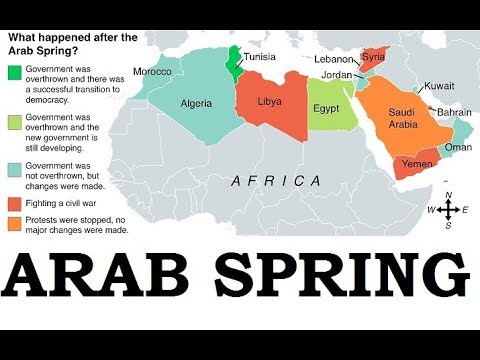7667766266
enquiry@shankarias.in
What is the issue?
What was the Arab Spring?

What led to the Arab spring?
Is Arab Spring 2.0 in the making?
What are the key driving factors now?
What keeps the revolutions from succeeding?
How does the future look?
Source: The Hindu